
OR
#OPINION
The Colorful Politics of South Asia
Published On: June 16, 2024 09:00 AM NPT By: Hari Prasad Shrestha
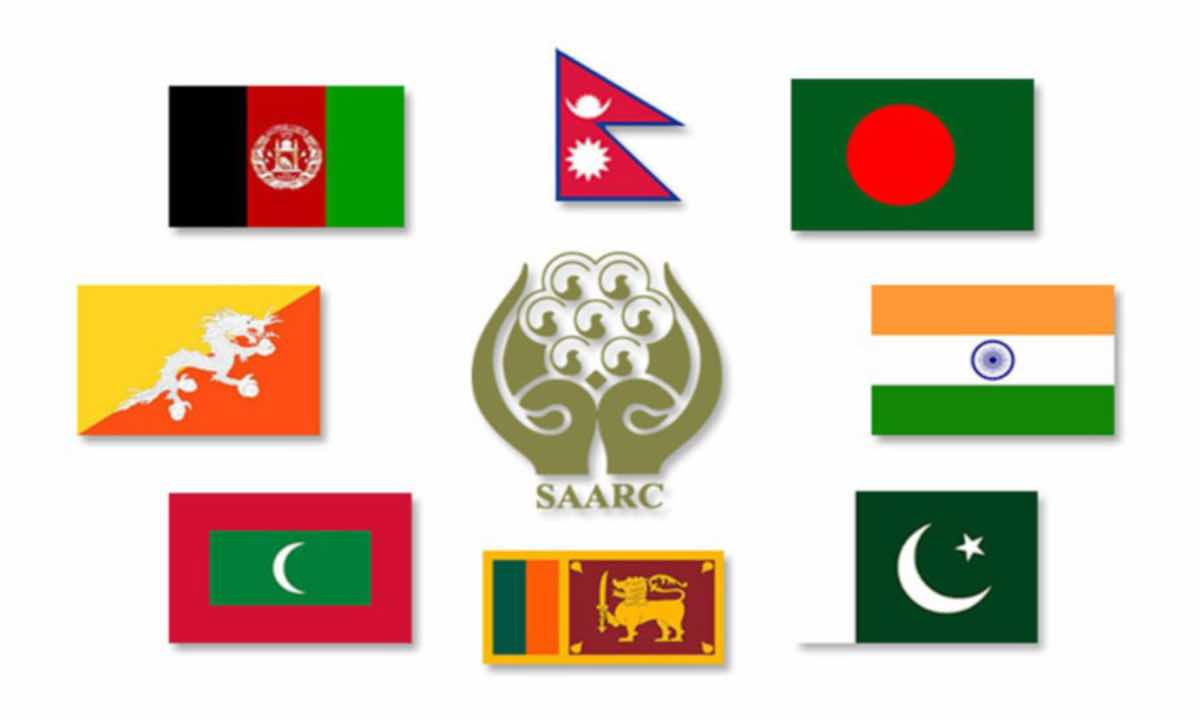
The color of flags also portray the level of democracy to some extent
Until religions and autocracies remain attached with politics, it would be unimaginable to hope for full democracy in the countries of the South Asia region.
In Hinduism, the color saffron is considered as a sacred color. According to Hindu mythology, saffron (or kesariya) is the color of sunset (sandhya) and fire (agni) which symbolizes sacrifice, light, and quest for salvation. In Buddhism, the rainbow colors, a mixture of different colors, are a sign of Nirvana. The highest state of all is to attain "rainbow body," when mere matter is transformed into pure light. Just as the visible light spectrum contains all color, the rainbow body signifies the awakening of the inner self to all possible earthly knowledge before stepping over the threshold to the state of Nirvana.
In Christian theology, purple is often associated with Jesus Christ as the King of Kings. It represents His sovereignty and authority over all creation. The purple color also signifies Lent's penitential season, during which Christians reflect on their sins and prepare to celebrate Christ's resurrection. In Islam, the color green has significant traditional associations. In the Quran, it is associated with paradise.
In many countries, where religion and politics are associated with each other, colors symbolize the ethics of politics and it represents a political ideology, movement or party, either officially or unofficially. Politicians often identify themselves by wearing rosettes, flowers, ties or ribbons in the color of their political party. It also portrays the level of democracy to some extent.
The political associations of a given color vary from country to country, for example red has been associated with leftist politics, while the United States conservatism is associated with red and liberalism with blue. Similarly, in the countries of South Asia region, colors play a leading role in national as well as in party politics, based on religion, ethnicity and ruling characters as follows:
India
After gaining independence in 1947, the Indian National Congress ruled India for many decades as a secular party envisioned in the Constitution of India without any specific colors. After the rise of BJP in 2014 till the current election in 2024, it followed the path of Hinduism as its popular base and the saffron as its religious color. Saffron or "Bhagwa" is the most sacred color for the Hindus and is often worn by Sanyasis who have left their home in search of the ultimate truth. In the last decade, this color has been widely capitalized on by the BJP to acquire political power in India, which is currently in decline.
Pakistan
Since its creation in 1947, Pakistan has spent several decades under military rule. In 1958, Gen. Ayub Khan, in 1977, General Zia-ul-Haq, And in 1999 Gen. Pervez Musharraf came to power through military coups and became president in Pakistan. These coup incidents indicate that Pakistan's political power is hidden under power of men in uniform and even during the civilian government, the role of the army cannot be ignored.
During the recent general election, people's voices were dominating in politics, however the yellowish khaki and greenish brown uniform color were, somehow, decisive in politics there.
Nepal
Red color has been the dominant color in the flags of political parties in Nepal, a symbol of left-wing politics, including socialism, communism, Marxism, labor movement, and anarchism. Nepali Congress, a right wing party, also has red color domination in its party flag. Due to color similarities in left and right wing parties and mixed electoral system, no single party could bring a majority to form a government in Nepal. During the formation of a coalition government, they share power without hesitation by mixing all political ideologies in one basket. Currently, a country of majority Hindu (Saffron) has been challenged by rapid penetration of Christianity (Purple) in Nepal.
Bangladesh
Awami League Party in Bangladesh has been continually in power since 2008 till date without any opposition, because the main opposition – Bangladesh Nationalist Party – has been boycotting the elections citing the reason of the abrogation by the Awami League-led government in 2011 of a constitutional provision enacted in 1998 that allowed for a caretaker government to take the reins of the state in the run-up to the elections. Consequently, the single-party regime of the Awami League, whose flag consists of red and green colors, has been maintained. If these two colors are mixed, they become brown, a color often associated with autocracy. Many critics label Bangladesh politics as moving on the path of autocracy.
Sri Lanka
There has been a family domination in politics of Sri Lanka, notably Bandaranaike and Rajpakshya families of Shinalese (Buddhist) ethnicity. Starting from the 1950s, the party system was dominated by these families and their political parties, the social democratic Sri Lanka Freedom Party and the liberal conservative United National Party for decades with blue and green colors in their party symbols. Recently, however, the influence of the two parties has diminished significantly. The present President is not from family dominated politics. He is affiliated with the Sri Lanka People's Front commonly known by its Sinhalese name Sri Lanka Podujana Peramuna (SLPP), its party color is maroon and red. Maroon is a rich, deep, and bold color that symbolizes power, strength, and self-confidence which is leading the country. Armies of the minority Tamil (Hindu) of Saffron and majority Sinhalese (Buddhist) of Rainbow color have a history of long wars.
Bhutan
The current flag of Bhutan is divided with the upper triangle yellow and the lower triangle orange. Centered along the dividing line is a large black and white dragon facing away from the hoist side. Yellow and purple colors are used to represent monarchy. Black and orange colors are primarily associated with authoritarianism. Consequently, the country, ruled by monarchs and dominated by a single ethnic group, forcefully evicted thousands of thousand Nepali speaking Bhutanese citizens and compelled them to enter Nepal via Indian territory.
Afghanistan
The national flag of the Islamic Emirate of Afghanistan, adopted on 15 August 2021 following the Taliban's victory in the 2001–2021 war, features a white field with a black Shahada inscribed. This current Afghan flag likely was inspired by the historic Umayyad caliphate, which began the Muslim conquest of the Indian subcontinent, the Ghazwa-e-Hind: Islam entered Afghanistan with the Umayyad invasion, begun in 663–665 A.D. as a prelude to the Muslim conquest of Transoxiana from 673 to 751 A.D. Black color is primarily associated with authoritarianism. However, White is today mainly linked to pacifism, which is the opposition or resistance to war, militarism or violence.
Maldives
The Flag of the Republic of Maldives is green with a red border. The center bears a vertical white crescent; the closed side of the crescent is on the raising side of the flag. It was adopted on 25 July 1965. Maldivian flag in the red rectangle represents the blood of the nation's heroes, and their willingness to sacrifice every drop of blood in defense of their country. The green rectangle in the center symbolizes peace and prosperity. The white crescent moon symbolizes the Islamic faith of the state and authorities.
Lastly, based on the Democracy Index published by the Economist Group, none of the countries of the South Asia region fall under full democracies, following a global political culture of degradation in democracies and rising authoritarianism. India, Sri Lanka have been listed as flawed democracies, whereas, Bangladesh, Bhutan and Nepal have been portrayed as hybrid regimes. Afghanistan and Pakistan have been ranked as authoritarian democracies. Until religions and autocracies remain attached with politics, it would be unimaginable to hope for full democracy in the countries of the South Asia region.
You May Like This

My statement was exaggerated in the name of religion: Minister Kirati
KATHMANDU, Dec 21: Minister for Culture, Tourism, and Civil Aviation, Sudan Kirati, has said that his statement about all religions... Read More...

All religions and cultures get equal opportunity in democracy: NC president Deuba
Kathmandu, Aug 31: Nepali Congress president and former Prime Minister Sher Bahadur Deuba has said that it is only in... Read More...

Funding aimed at enhancing connectivity, addressing food insecurity
KATHMANDU, Nov 15: The government has signed two agreements with the World Bank to implement road and food security projects worth... Read More...
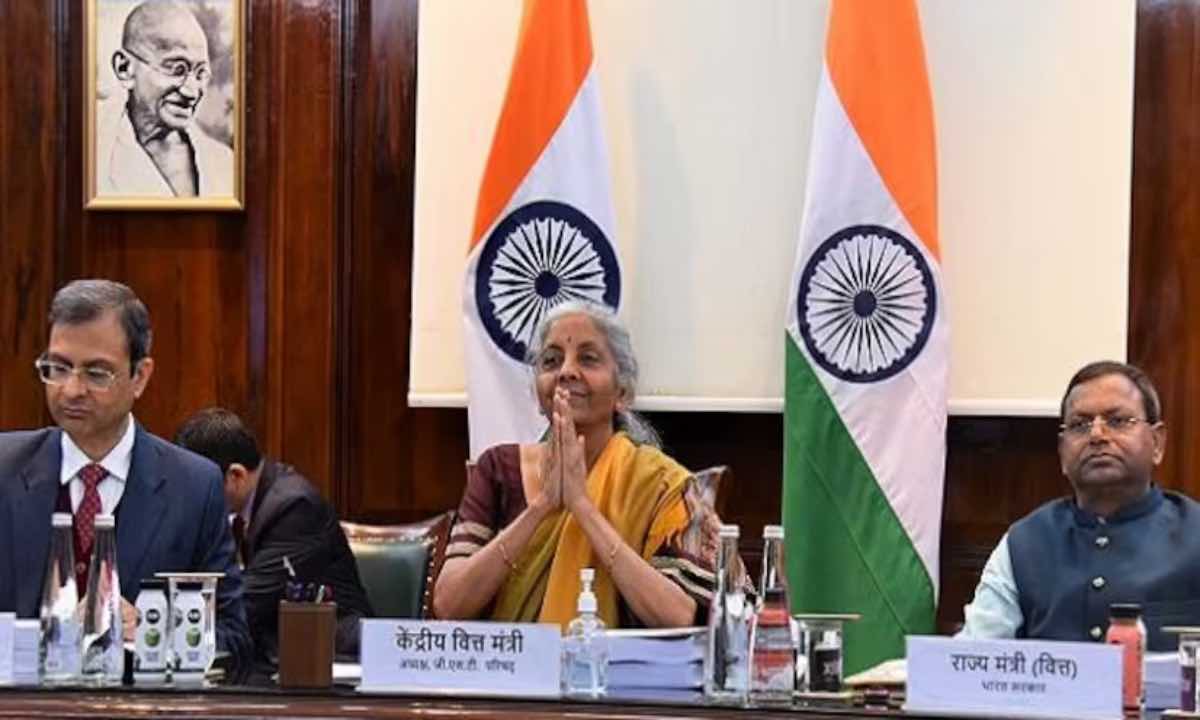
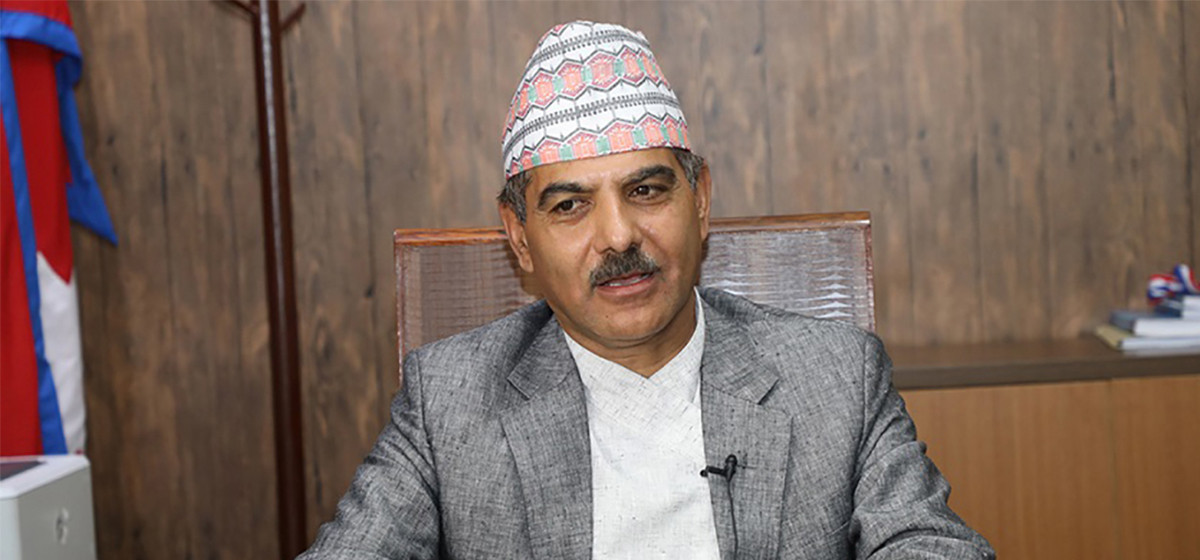
Just In
- How services trade and the green transition can benefit everyone
- WikiLeaks founder Assange to be 'free man' after US plea deal
- Four killed, three others missing due to floods and landslides in various parts of the country
- NRB to implement market conduct supervision to protect banks’ customers from next FY
- GST’s council meet and a tax less taxing
- Govt creates special post for suspended Chief Secretary Aryal, similar to Lokman Singh Karki
- Expect no flexibility in upcoming monetary policy: Governor Adhikari
- WikiLeaks founder Assange to be 'free man' after US plea deal





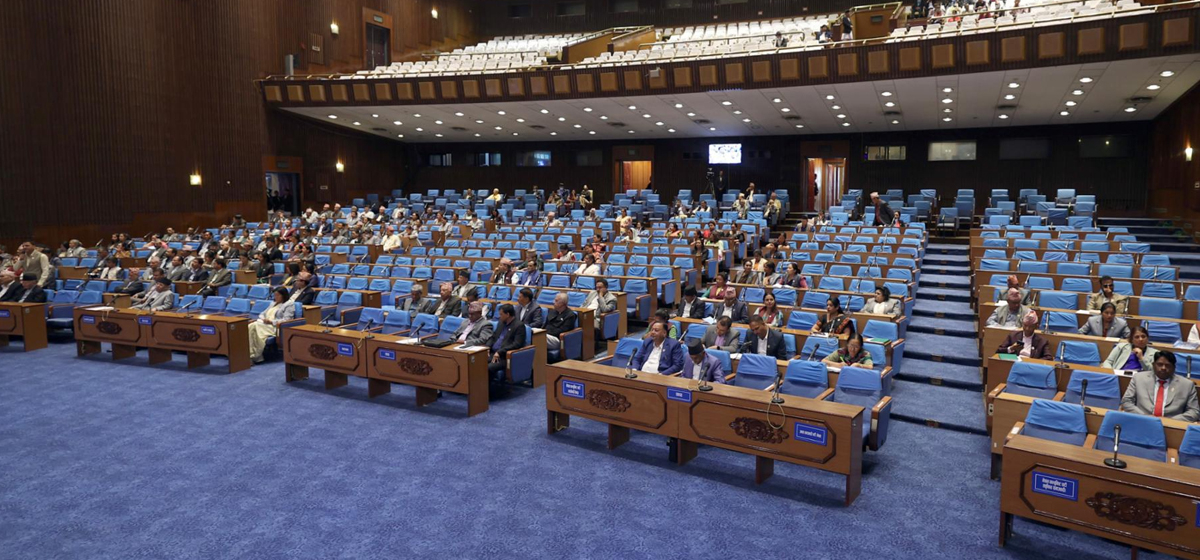



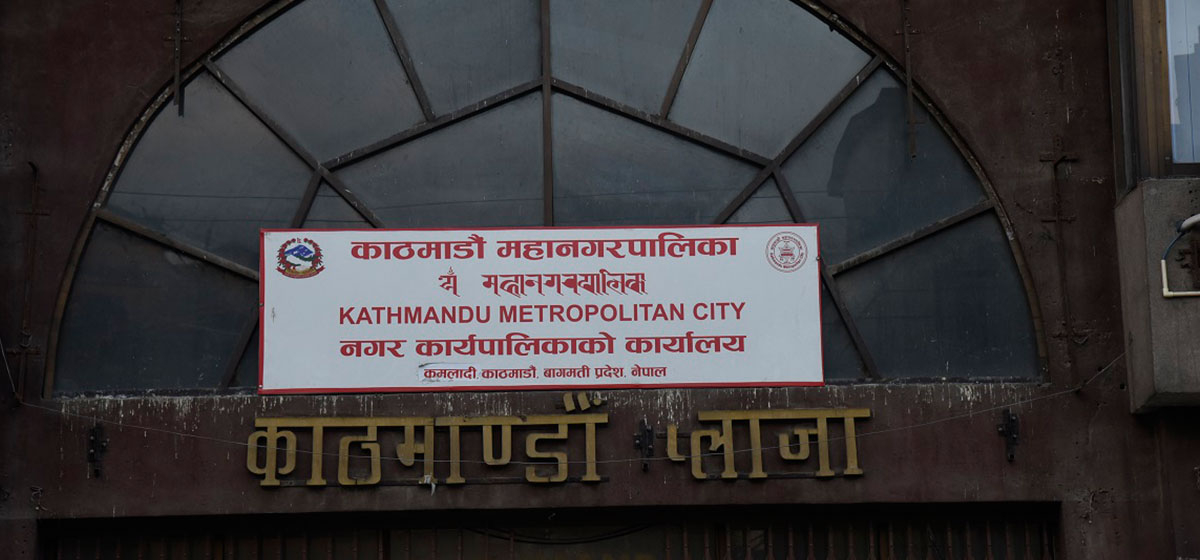
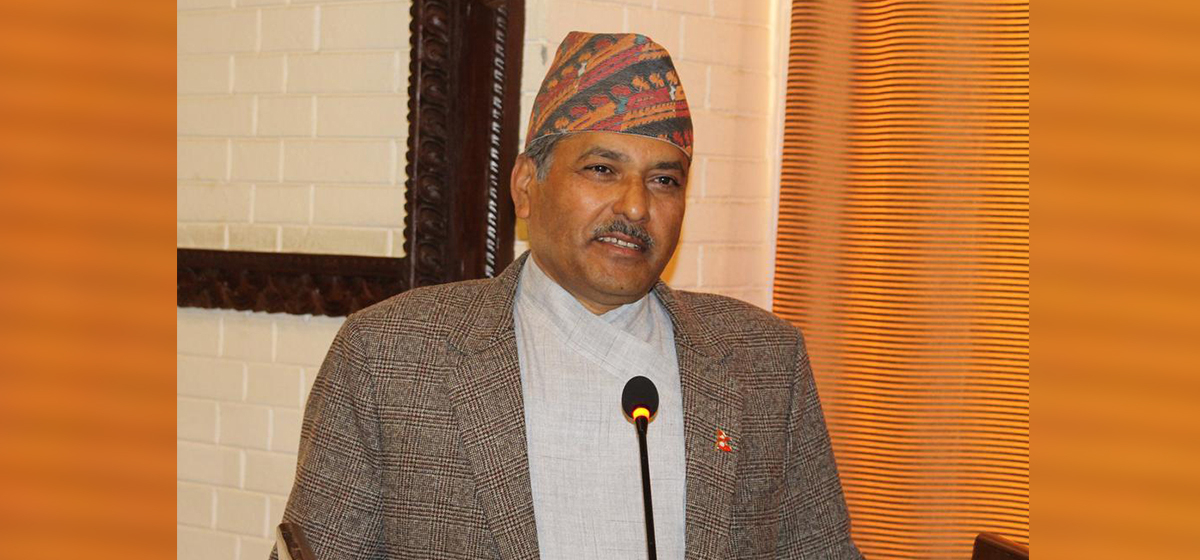

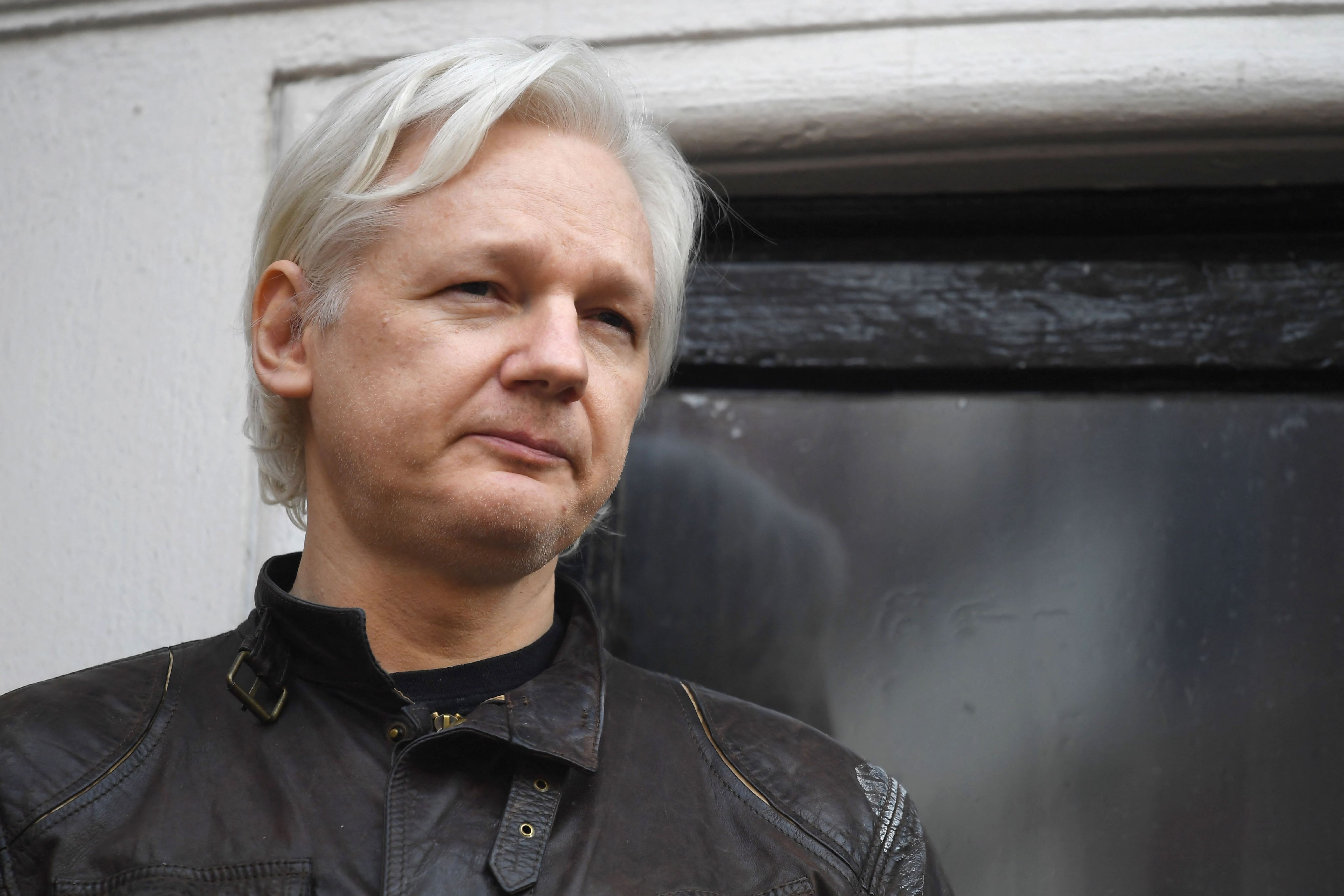


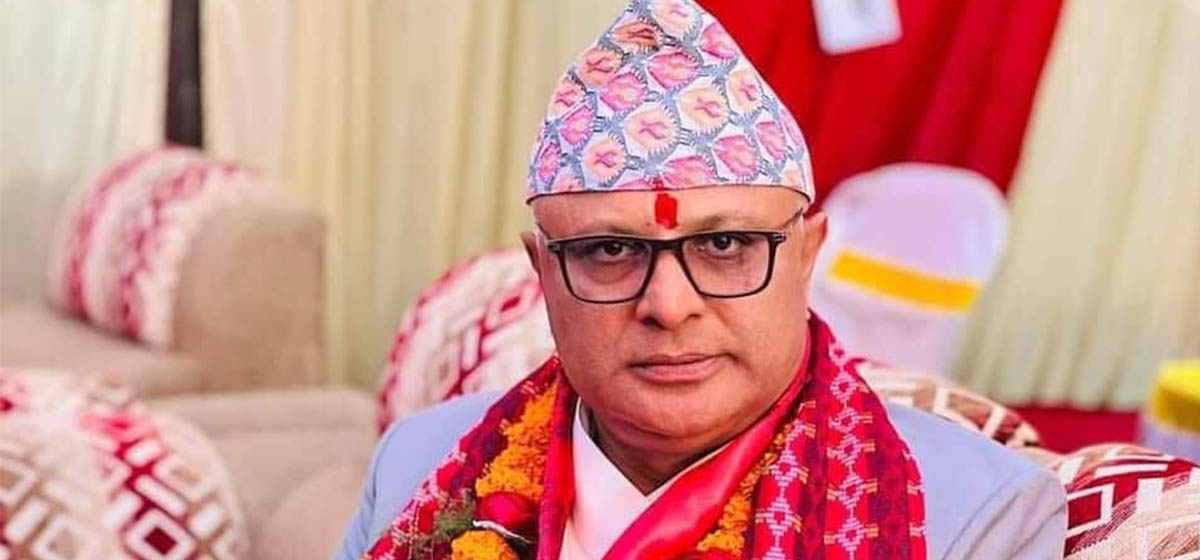
Leave A Comment